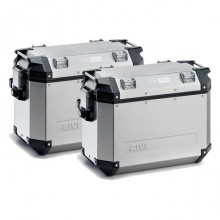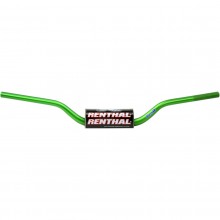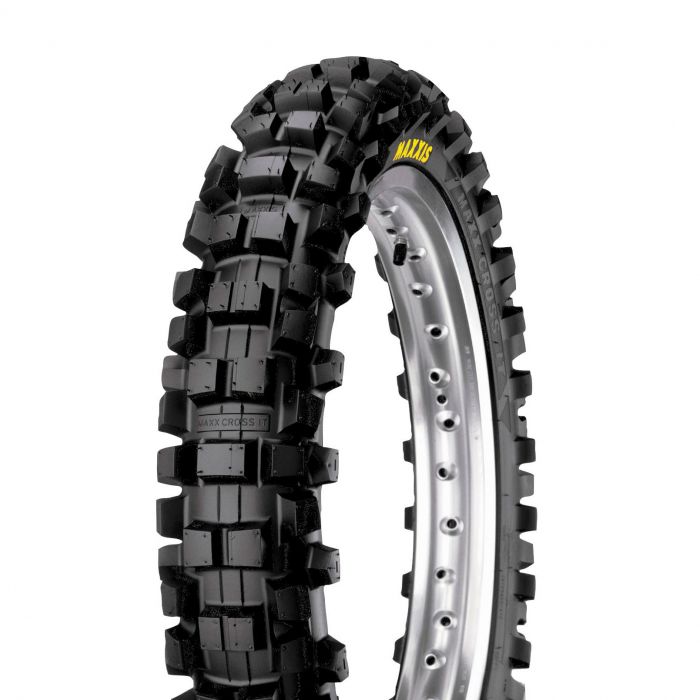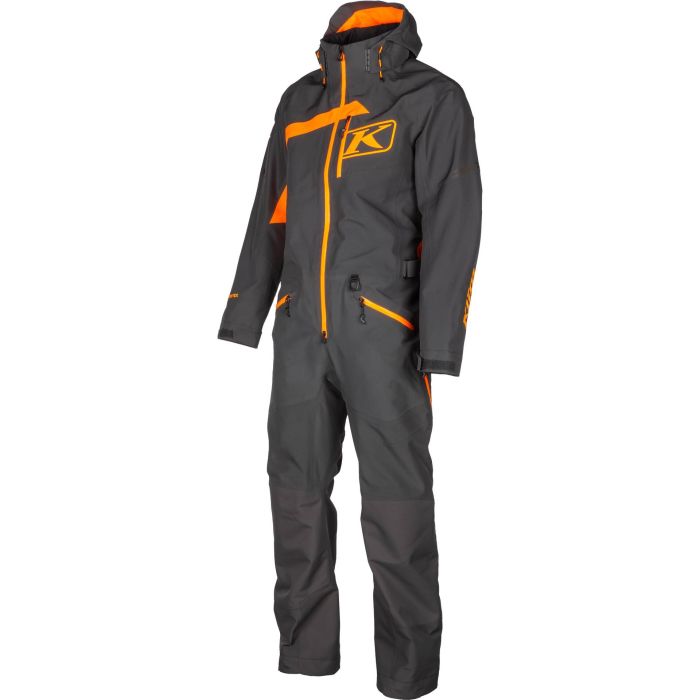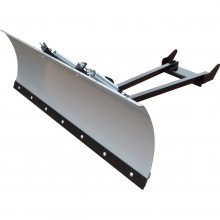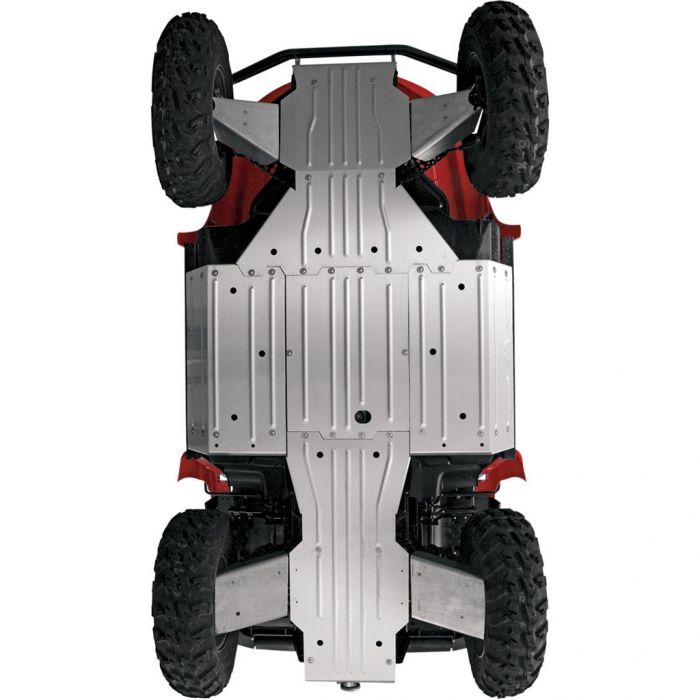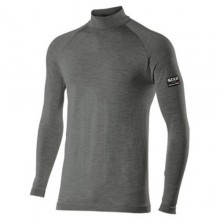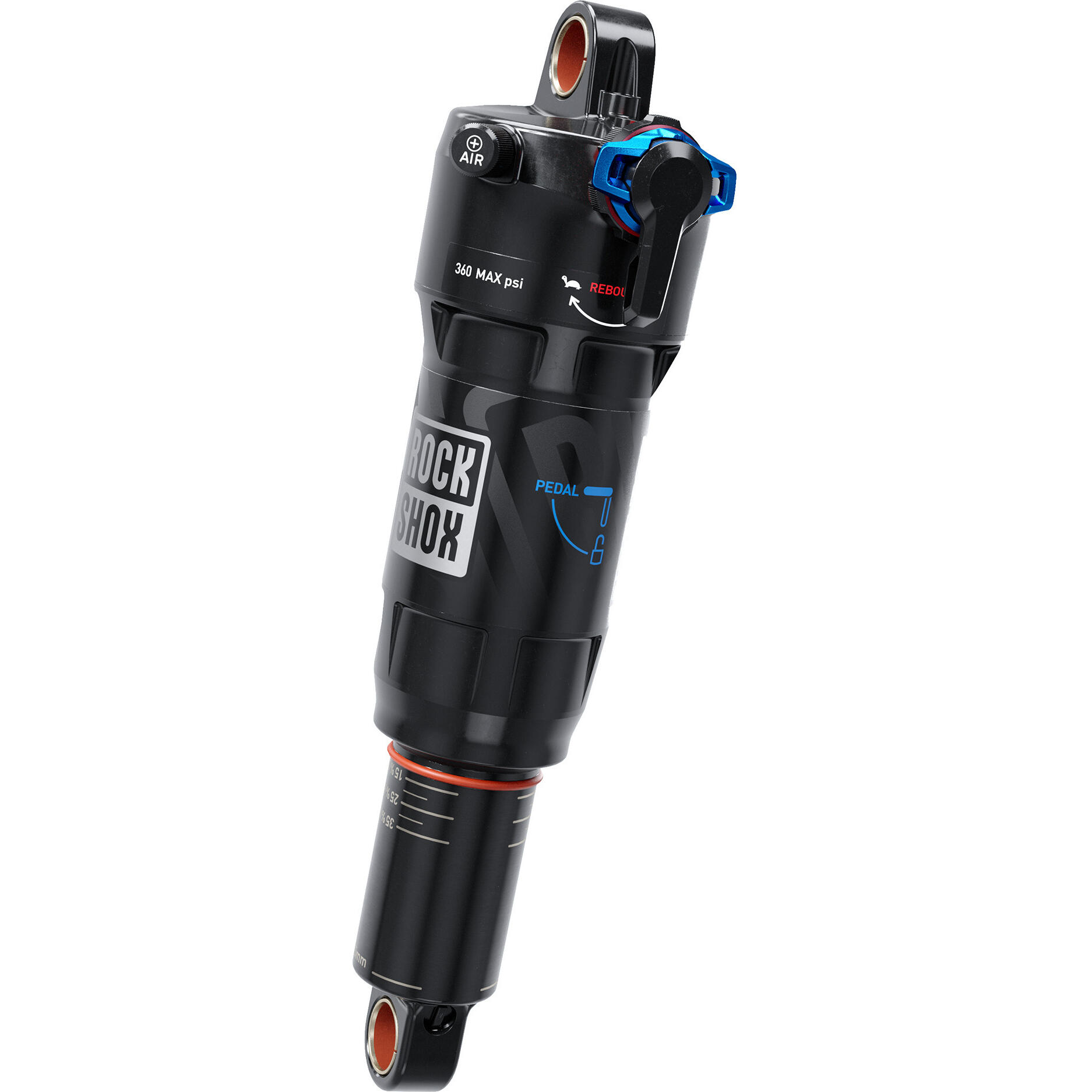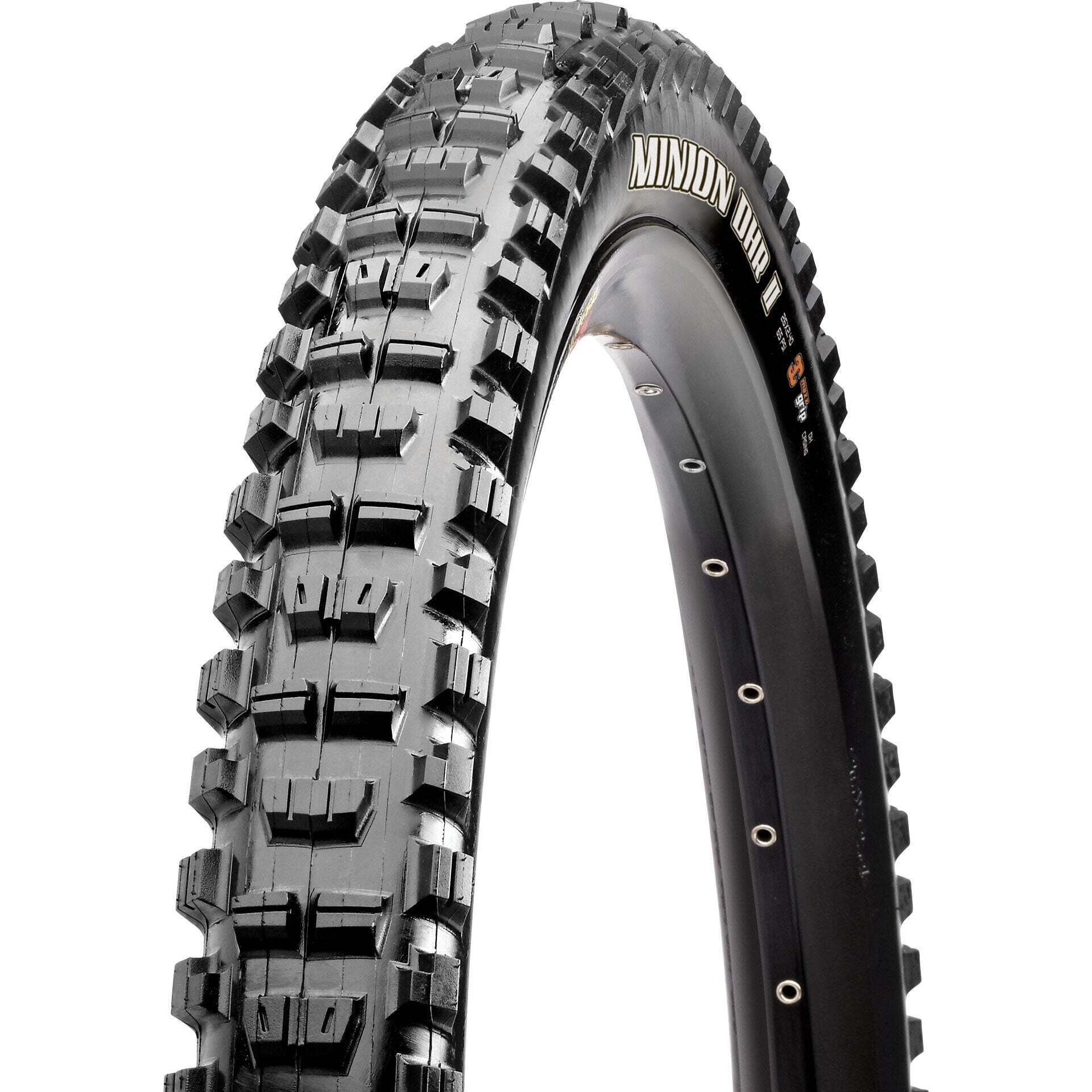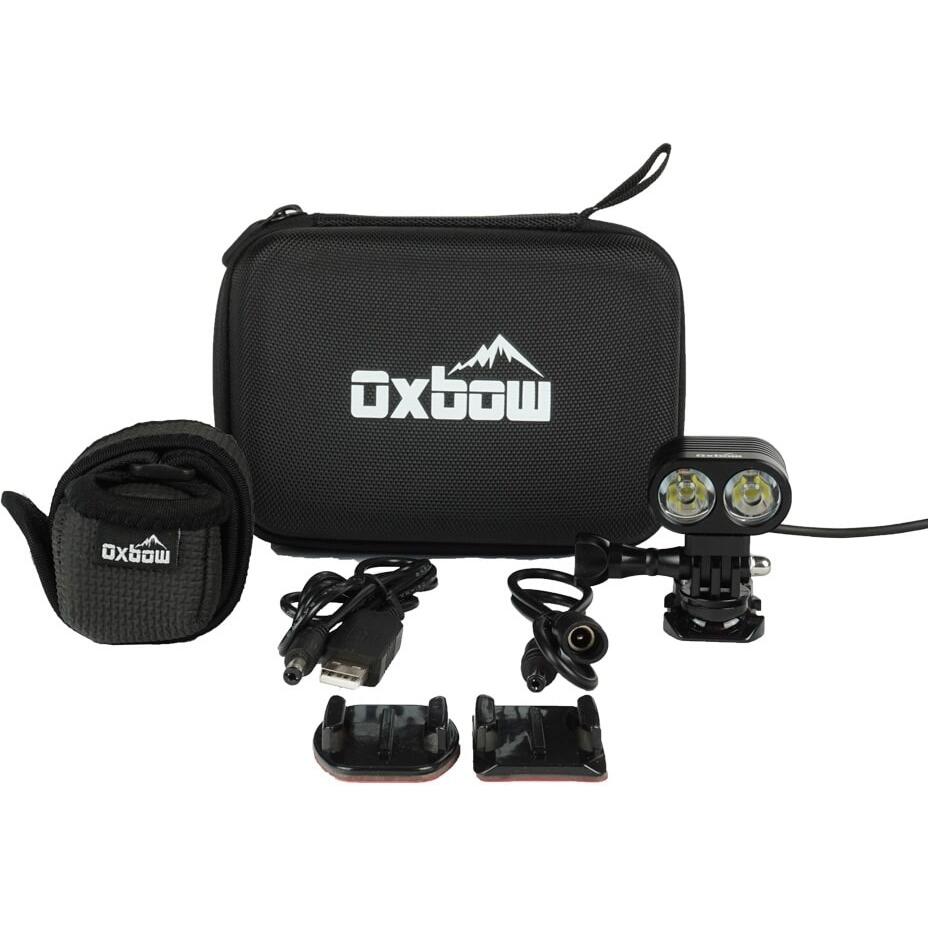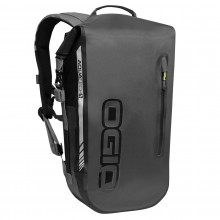
The Physics of Lens Fogging and How to Avoid It
We all know the story. Caught in the cold or rain, our motorcycle or snowmobile goggles start to fog up and we’re suddenly blind as bats.
So, why does this happen? It's physics time!
Snow Helmets
May 4, 2023 — Grab your Bunsen burners and lab goggles everyone, because we’re taking it way back to the grade-school science classroom. And don’t worry, you won’t be lighting your eyebrows on fire out of sheer boredom. That’s because we’re looking at some rad motorcycle and snowmobile physics. You know — the useful stuff they never taught in school.
First, we'll figure out what's going on with that pesky fog. Then, we'll find some clever ways to fend it off!
Interior Lens Fogging
Imagine that you’re cruising around on a snowmobile or motorcycle. And, since you’re such a badass, your body is working really hard to perform some extreme moves. This generates heat, which gets expelled from your skin. The air inside your helmet or goggles starts to heat up. Add some atmospheric humidity or sweat to the mix, and you’ll have a bunch of H2O molecules flying around like kindergartners on Red Bull. All this is trapped inside your lens but, since it’s still a gas, you can see through it just fine and continue with your badass riding.

Hold on, there’s a problem. Thanks to your smoking hot face, the gas inside your goggles is now much hotter than the air outside. That means your lens is colder than the air trapped inside it. So, when one of those excited H2O molecules hits the frigid lens, it cools down and decides that it doesn’t want to run around anymore. Instead, it just sticks to the inside of your lens in liquid form. A bunch of other molecules follow suit and, soon enough, your lens is totally fogged up with moisture.
Exterior Lens Fogging
Don’t snap out of it quite yet — it’s time to enter the second daydream scenario. And don’t be suspicious, it’s not like we’re trying to pull off Inception… Or are we?
This time, you’re heading out on a ride. It’s a warm sunny morning outside, and your garage is still cold with last night’s chill. Eager to hit the road, you grab your helmet off your handlebars, throw on your goggles or face shield, and head out into the warm blue yonder.
Immediately, lens fogging starts to hinder your great escape. This time the lens, which was in the garage all night, is colder than the outside temperature. So, the exterior atmosphere — filled with zooming H2O molecules — is coming into contact with your chilled lens. When this happens, the molecules cool down and decide to clump together on the outside of your goggles or face shield. Subsequently, you’re blind as hell.
How to Avoid Lens Fogging
Now that we’ve broken down the problem, let’s see what we can do to avoid it.
Double-Pane Lenses
First, we can use a double-pane lens. Many goggles come with this system, and face shield users can employ the pinlock system to effectively create a double-pane. The benefit of two lenses has to do with the air locked between them. Air is a good insulator — it slows the heat transfer between two objects. For us, that means that our outer lens can be as cold as the outside temperature, while our inner lens stays as warm as our face. And since the excited H2O molecules are only contacting the inner lens, there’s no reason for them to turn into a liquid.
Anti-Fog Coatings
Another option is to use an anti-fog goggle or face shield. These lenses are dipped in a hydrophilic solution, which means that they love water. So, every H2O molecule wants to get all romantic and rub up against the lens, rather than sticking together with other H2O molecules. This means that condensation spreads into a thin film across the surface of the goggle or face shield, as opposed to clumping together in little droplets. This may sound bad, but it’s actually quite the opposite. That’s because such a thin coating of moisture isn’t actually visible.
There are two main problems with anti-fog lenses. First, you have to be very careful when cleaning them. If you use anything but an anti-fog lens cleaner, you’ll just wipe the hydrophilic coating right off. If you’re out on the trails, rubbing the inside of your lens with your hand or glove isn’t going to help either. And, even if you take perfect care of your lenses, anti-fog coatings are still going to wear off with age.
The second problem is that anti-fog lenses normally sacrifice on other features. Unfortunately, anti-glare, anti-scratch and easy-clean coatings are all hydrophobic in nature. That is, they do the opposite to what an anti-fog layer does. For this reason, anti-fog lenses don’t often employ these other features. And if ever they do, you can expect their effectiveness to be diminished.
Ventilation
Ventilation is the simplest and most effective way to avoid lens fogging. If you can stream fresh air through your goggles or helmet, then the atmosphere inside and outside the lens will be equalized. Thus, you aren’t going to have any problems with fogging. However, you may have problems with frostbite. Or dust. Or killer bees. As you might expect, only so much air can be allowed into a lens before other things start getting in too.
Breath Boxes
Breath boxes are a longstanding staple of snowmobilers, and anyone looking to imitate Darth Vader or Bane. The premise is simple: breath boxes form a barrier above your nose and mouth, which directs your exhalations downward. This means that the warmth and moisture from your breathing goes out the bottom of your helmet, and not into your face shield.
For their purpose, breath boxes are very effective. They keep moisture away from your face shield, which can make a huge difference in terms of fogging. The downside is that a lot of water tends to condense around your nose and mouth. Plus, you’re going to be very aware of your breathing. Maybe that’s a good thing.
A breath box can only turn a face shield situation into a goggle situation. And, as we’re well aware, goggles still fog up. A lot. The problem is that heat and moisture don’t just come from your mouth. Even with a breath box, your face can generate enough warmth and sweat to pose a problem.
The Home Remedy
Before I tell you about this, let me just say that you can try it at your own risk. As you might expect with crackpot quick fixes, they can sometimes have adverse effects. Consider yourself forewarned.
Anyway, loads of people swear by Head and Shoulders shampoo. Or any other dandruff shampoo for that matter. They rub it onto the lens with a clean cloth, and then polish it off again. You don’t even have to add water. It’s a simple fix and — according to the "experts" on countless internet forums — it works great. The science behind this solution could be a whole other article, so we’ll just call it magic for now.
In the end, no anti-fog system is going to be bulletproof. If you’re expelling moisture like a steaming kettle, any lens will eventually be bombarded into submission. That said, there are a few solutions that can be combined to make a formidable defense. Knowing the science behind the fogging phenomenon, we should be able to make some informed decisions about how to combat it.
That’s all the geeking out for now — live long and prosper.
Related Articles

Snowmobile Gear Guide
Our list of must-have snow gear to get you through the season, plus some extras. Snowsuit up!

7 Problems & Solutions for Cold-Weather Riding
We've compiled a list of tips and tricks for those daring winter warriors.

How to Ride a Motorcycle in the Rain
A concise list of riding tips for motorcycle riders who can't be bothered to stop on account of a few drops of rain.








